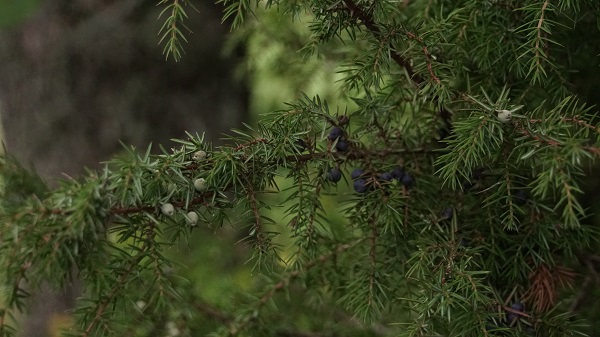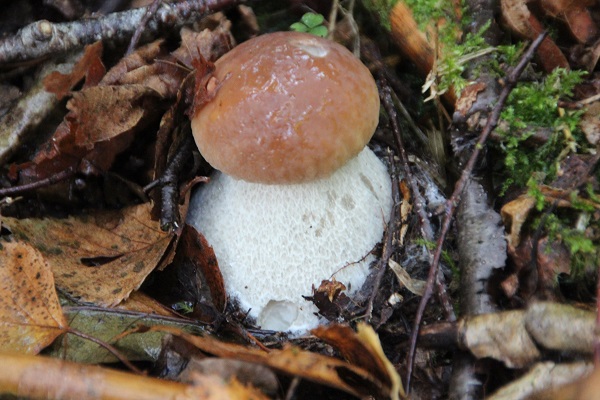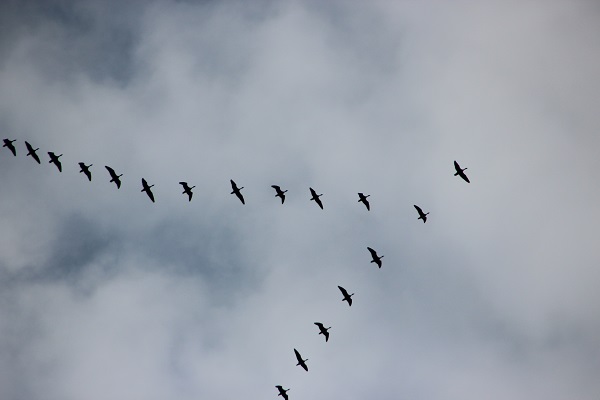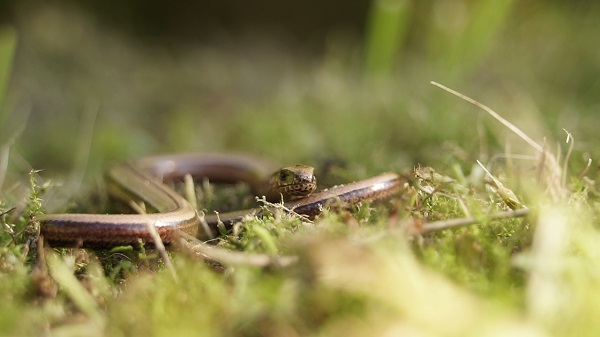Nature is Getting Ready for Winter
October is the month when the splendour of the colourful leaves surprises and delights a number of people enjoying autumn. This year, this month has been particularly favourable for indulging into the beauty of nature. Perhaps this is due to the unusually warm weather and the low rainfall, which is why we have almost forgotten about our waterproof boots this autumn.
Deciduous tree colouring is an annual autumn phenomenon. Why and how does deciduous tree foliage get all these beautiful colours in autumn? The change in the colour of the leaves is not yet fully investigated, but it is known that in fact nothing new happens in this process – it only opens the previously unobservable, by uncovering the suppressed colour-reflecting pigments. In summer, chlorophylls or pigments dominate in leaves; they are necessary for photosynthesis, and they reflect or do not absorb green light. In autumn, when days are getting shorter, photosynthesis decreases, so chloroplast is degraded, thus exposing previously depressed pigments that reflect light of other colours: anthocyanins reflect red and purple, while carotenoids reflect yellow and orange light. That is how the golden autumn is created.
However, the yellowing and reddening of leaves come to an end sooner or later. It is followed by browning of obsolete leaves, which indicates the death of cells, and the leaves fall down. Leaves fall, because various factors contribute to the synthesis of enzymes that promote the development of a ferment that takes down cell walls. It affects the place where leaves attach to the stem, the intercellular contacts gradually disappear and leaves get ready to be disconnected. By getting rid of leaves, trees are preparing for the bad winter weather. In turn, needles of conifer trees such as fir-trees, pine-trees and junipers do not lose chlorophyll or fall off as winter approaches. This eternal greenness is provided by the needle shape and the small surface that minimize evaporation, which is why the processes harmful to the physiology of trees during frost hardly affect these trees at all.
The colouring of the landscape and the falling leaves are the autumn processes associated with the plant world. Different fruit continue to ripen in forests. Most of them are not edible or are even dangerous, but there are still some delicious treats here and there; moreover, October is the right time for picking cranberries.
The intense period of mushroom picking comes to an end this month. At the beginning of the month, several of the common edible mushrooms can still be found here and there, in turn, at the second half of the month there will mainly be ugly milkcaps, rufous milkcaps, woolly milkcaps, honey agarics. Mushroom pickers will also come across less popular mushrooms such as heralds of the winter, sulphur tufts, tricholomas, fairy ring champignons, saddle-shaped false morels and other less popular mushrooms.
Invertebrates frozen in various stages of development spend the cold period of the year in their hiding places. Some start wintering early, but the majority in October.
In autumn, almost all animals that are not expected to die are getting ready for winter, because this season is a dangerous period due to cold and possible lack of feed. Most mammals are not only "dressed" in their winter coats, but are also quick to accumulate fat and protein reserves. When feed is running out and it is becoming cold, some of them stay in a hideout and fall in their winter sleep. Badgers, raccoon dogs, bears, northern birch mice, four species of doormice, six species of bats and two species of hedgehogs sleep during winters. Northern birch mice, doormice, bats and hedgehogs are the first animals to hibernate.
Birds do not have winter sleep, and the majority of birds that nest here go to warmer lands in autumn. Compared to September, there are fewer migratory birds in October, yet there are still quite a number of flyers this month, which take a rest here to regain strength.
A large share of amphibians such as frogs, tree frogs, toads, tritons are still to be spotted outside their wintering sites. A certain portion of reptiles, mostly vipers, viviparous lizards, blind-worms can still be seen sunbathing in shelter.
October is the month when the spawning season of salmons, sea trouts, brown trouts, whitefish and European ciscos begins. River lampreys are continuing migration from to their spawning grounds.









